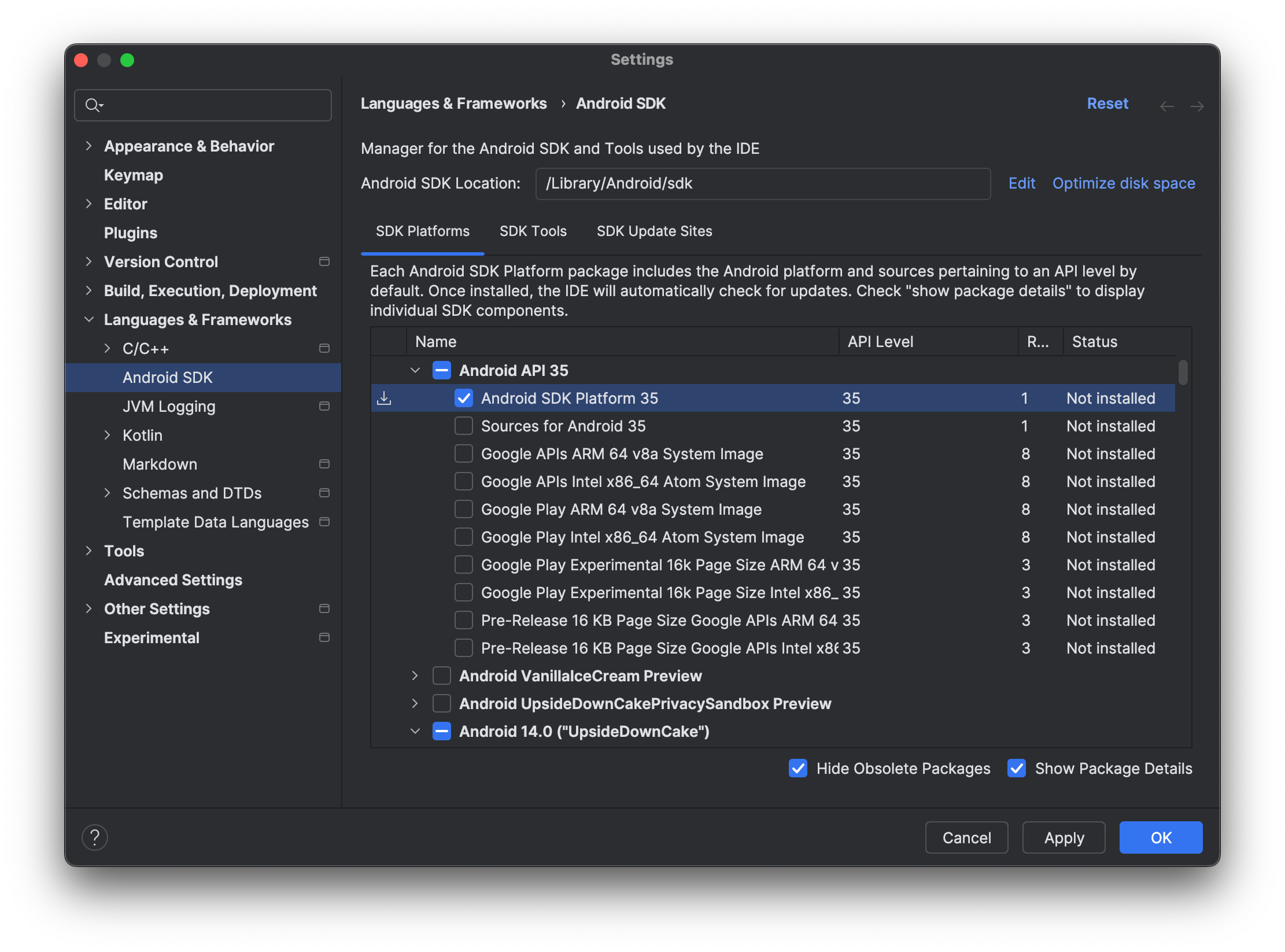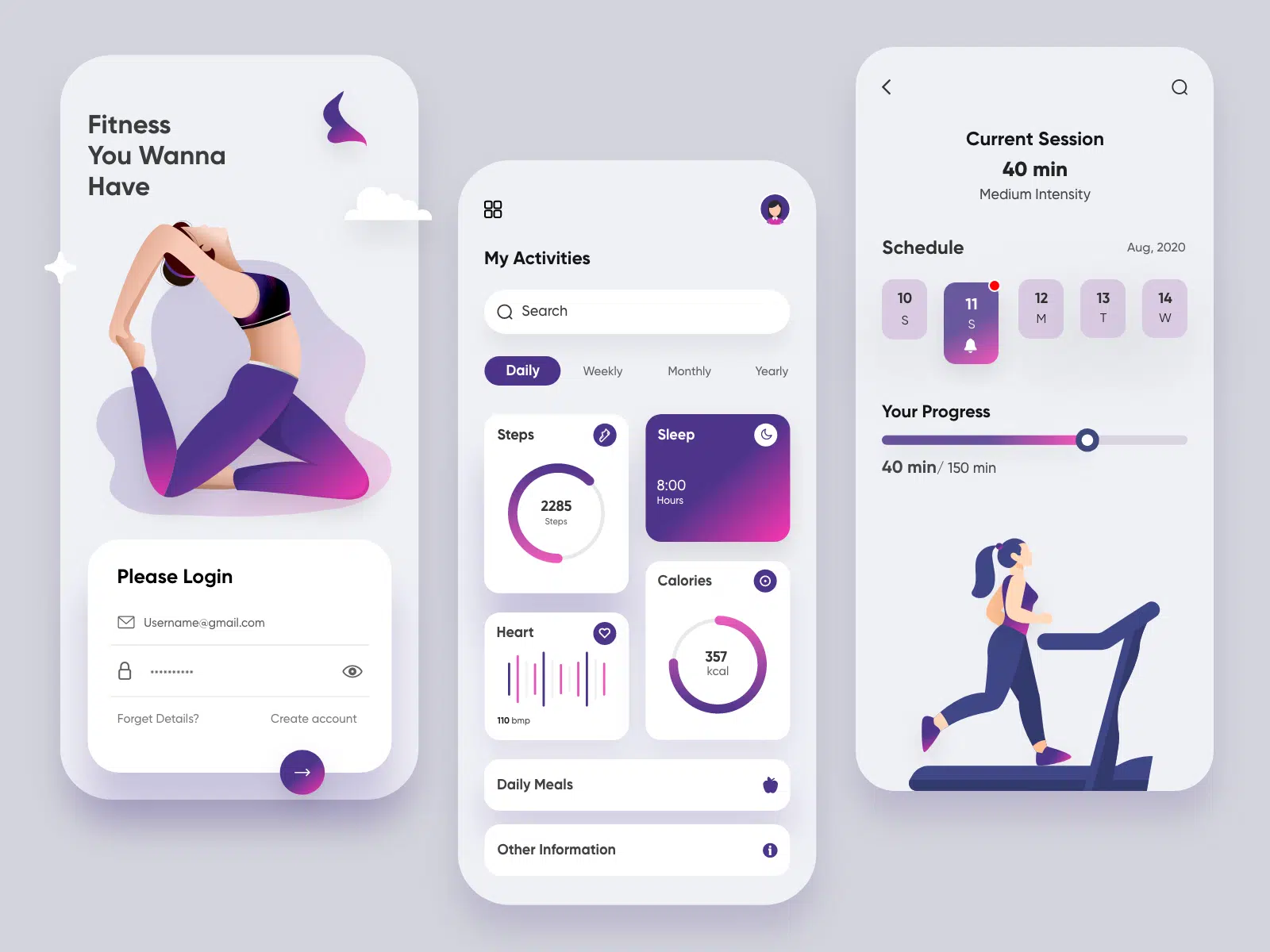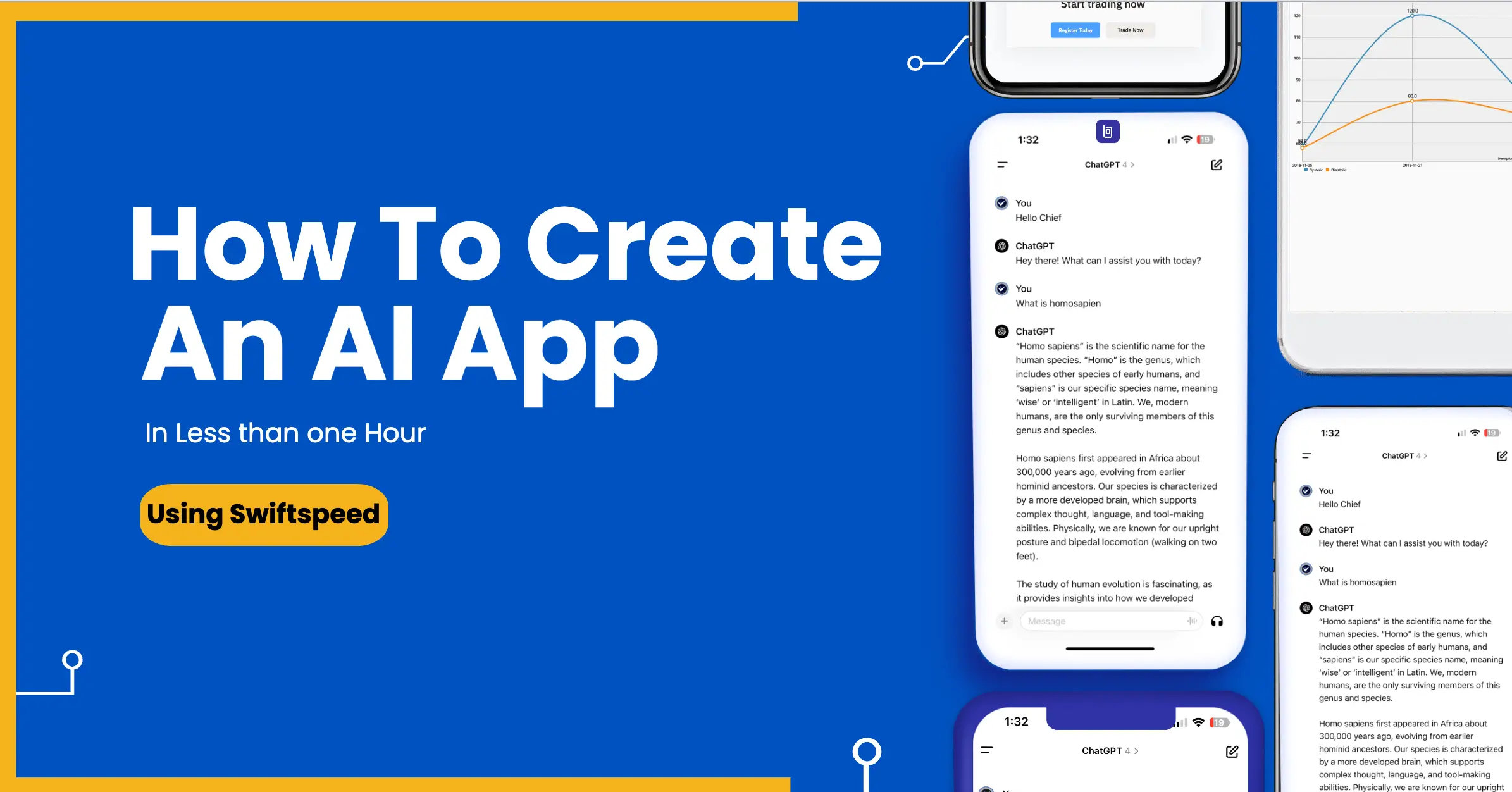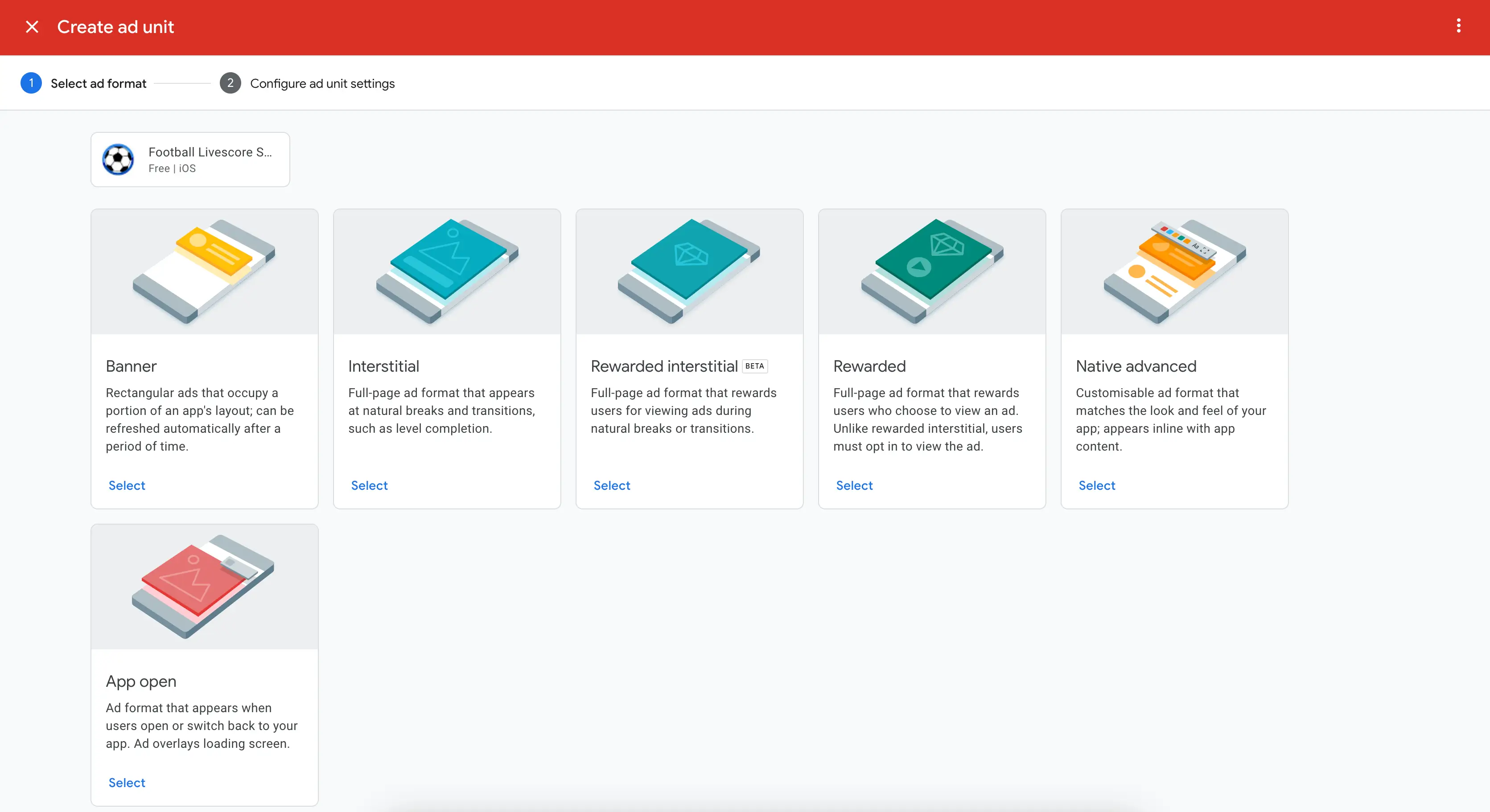The importance of a mobile app for ecommerce businesses cannot be overstated in recent times. With the majority of online shopping done through mobile devices, an ecommerce mobile app offers unmatched opportunities to boost sales, engage customers, and stay competitive.
In 2023, a dedicated mobile app is becoming an absolute must-have rather than just a nice extra. Mobile opens up key advantages that responsive websites alone cannot provide. With shifting consumer preferences, the stakes are high for merchants who fail to connect with customers on mobile.
This is the year when ecommerce brands need to take the leap if they haven’t already. Read on to learn the benefits of launching a mobile app and how to build one successfully. The rewards for your business make it well worth the investment.
👉🏾 Other Swiftspeed Users also read: Complete list of top mobile app stores in 2024
Benefits of an Ecommerce Mobile App
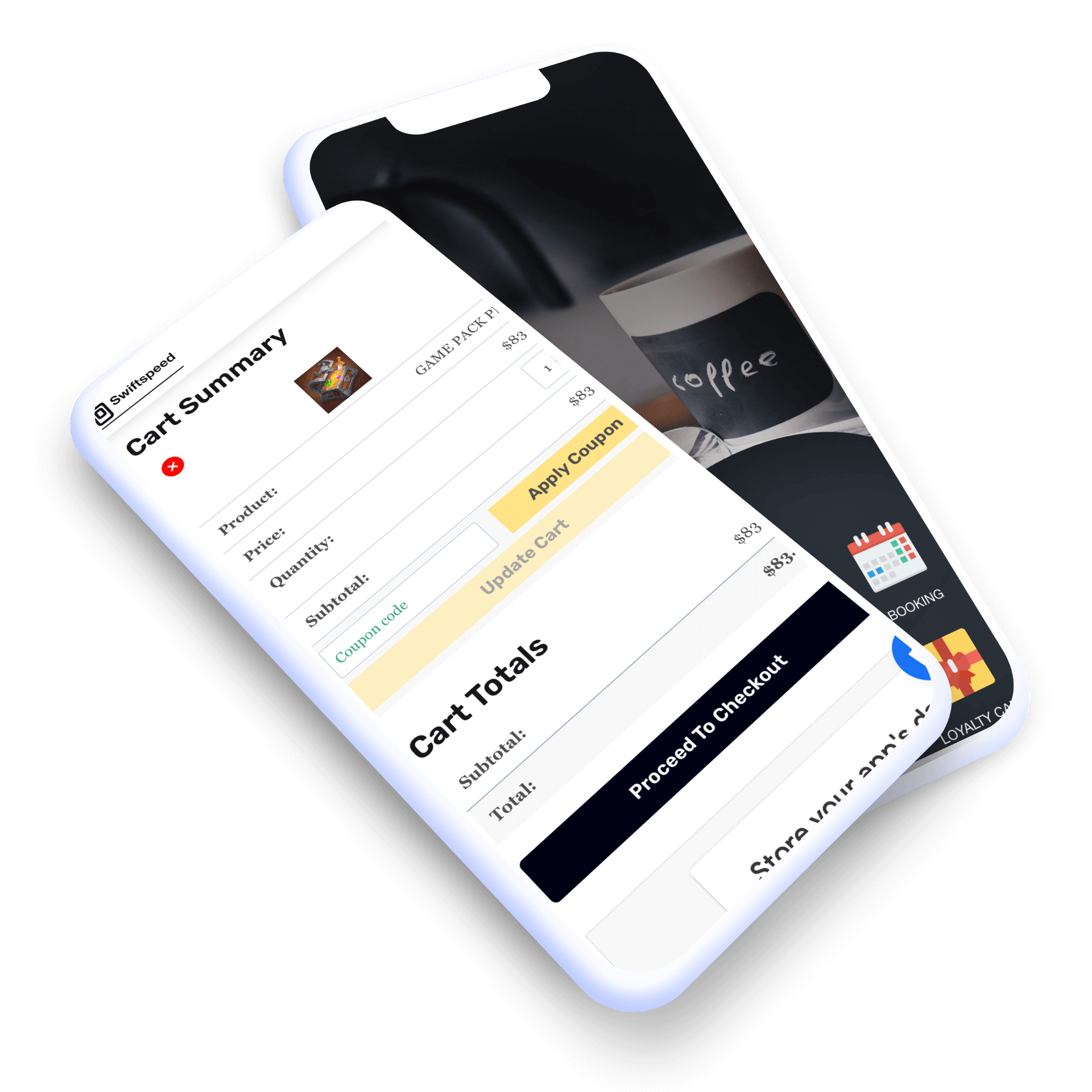
A custom-built ecommerce mobile app provides numerous benefits that can help you better reach, engage, and sell to customers. Key advantages include:
Reach Customers Anywhere, Anytime
An app gives you a direct channel to connect with customers whenever and wherever they are. People rely heavily on their smartphones, with many searching for products, getting inspiration, and making purchases right from their devices. A mobile app allows you to be present in those micro-moments when consumers are ready to browse, research, or buy. This provides more opportunities to interact with users and make sales.
Unlike a website, a mobile app remains on a user’s device and can send push notifications to re-engage them. This enables you to reach customers anytime, not just when they think to visit your online store. Apps also work offline once downloaded, so you can still reach users without consistent internet connectivity. This omnichannel presence makes your brand readily accessible to target audiences.
Provide Better User Experience
Apps allow you to tailor the experience specifically for mobile users. This means optimizing for touchscreens and smaller sizes in a way that websites often fail to do. Mobile apps load faster, function more smoothly, and are easier to navigate. Features like swipe menus and one-click buying improve usability.
You can also access device capabilities like the camera, GPS, and contact list to provide better service. Personalization features help deliver more relevant content and product recommendations. The overall effect is higher satisfaction and engagement from mobile customers.
Increase Engagement and Sales
The benefits above directly translate into better business metrics. Mobile apps provide higher-quality traffic that converts at much higher rates than other channels. App users have your brand top of mind, visit more frequently, spend more time on your site, and purchase more often.
Push notifications prompt return visits and provide promotional opportunities not possible on websites. Referral programs can spread your app through contacts. Loyalty programs also boost retention and customer lifetime value. With the ability to directly reach customers in purchasing mode, mobile apps become a significant driver of sales.
The customized mobile experience improves all phases of the customer journey – from initial awareness, engagement with your brand, consideration of purchase, and ultimately conversion. Apps allow you to influence customers throughout the funnel and multiply sales.
Key Features of an Ecommerce Mobile App
An e-commerce mobile app allows customers to easily browse products, make purchases, manage their accounts, and more right from their smartphone.

Here are some of the key features and capabilities to consider including in an ecommerce mobile app:
- Browsing products: Allow customers to easily search and filter products, view images and descriptions, read reviews, compare options, and add items to a shopping cart. Optimizing the browsing experience for mobile is crucial.
- Checking out: The checkout process needs to be optimized for mobile, with easy ways to enter payment details and apply promo codes. Allow guest checkouts and offer multiple payment options like credit cards, PayPal, Apple Pay, etc.
- Account management: Customers should be able to easily create an account, view order history, manage shipping addresses, save payment methods, view loyalty points, and track orders.
- Push notifications: Push notifications can alert customers about sales, new product arrivals, shipping updates, and other timely messages that provide value. Allow customers to opt into the notifications they want to receive.
- Loyalty programs: Offer loyalty programs and rewards that customers can view and redeem right from the app. Integrate a points system, tiers, special offers, and incentives.
Optimizing for these core ecommerce capabilities can provide a seamless shopping experience on mobile. Investing in a high-quality mobile app pays dividends by making your products more conveniently accessible to today’s mobile-first customers.
Expected Integrations in an eCommerce App
Seamlessly connecting your ecommerce mobile app to other business systems is crucial for providing a smooth customer experience. Here are some of the key integrations to consider:
Payment Gateways
Integrating a payment gateway like Stripe or PayPal enables secure in-app payments. This allows customers to easily checkout and pay directly within your app. Be sure to choose a provider that offers a mobile SDK to customize the checkout flow.
Shipping Carriers
Linking your app to shipping carrier APIs like USPS, UPS, or FedEx allows you to show live shipping rates and options during checkout. This helps customers select their preferred shipping method. Auto-printing shipping labels can also be enabled.
CRM Platforms
Integrating a CRM like Salesforce helps unify customer data across devices. This provides a single view of each customer and their entire order history. CRM apps can also leverage mobile features like push notifications for abandoned carts.
Marketing Automation
Connecting your app to marketing automation tools like HubSpot or Marketo allows personalized messaging and push notifications. This helps re-engage users and drive repeat sales. Automated workflows can also be set up based on customer behaviors. Mobile app builder tool like Swiftspeed allows flawless custom ECommerce integration whether you want to convert your existing WordPress WooCommerce website to an app or create a custom e-commerce native app from the ground up.
Investing in key integrations greatly enhances the capabilities of your mobile app and enables a seamless omnichannel experience. Be sure to evaluate popular platforms in each integration area to determine the best fit for your ecommerce business needs.
Choosing the Right Platform to Build an eCommerce app
When it comes to choosing the right platform for your ecommerce mobile app, you have three main options: native, hybrid, or cross-platform.
Native Apps
Native apps are developed specifically for one platform, like iOS or Android; you can use an Android app builder or an iOS app builder tool to build your native e-commerce app. They offer the best performance, experience, and access to device features. However, you’ll need separate native apps developed for iOS and Android; luckily, cross-platform app makers like Swiftspeed let you build your E-commerce across these platforms without writing a single line of code.
Hybrid Apps
Hybrid apps use web technologies like HTML, CSS, and JavaScript wrapped in a native container. This allows you to build cross-platform apps with web development skills. However, they may not offer the full native experience.
Cross-Platform Apps
Cross-platform apps use a single codebase to run on multiple platforms. They can save development costs compared to native but may compromise performance. React Native and Flutter are popular cross-platform frameworks.
Evaluate your customer demographics, resources, and capabilities to determine the right approach. Aim to deliver the best experience across both major mobile platforms.
Design Considerations When Building An Ecommerce App
A well-designed mobile app is critical for providing a great user experience and encouraging engagement. Here are some key design elements to consider:
Simplicity and Ease of Use
The mobile interface should be clean, inclusive, intuitive, and easy to navigate. App screens should only display the most essential information and options. All buttons and menu items should be large enough for easy tapping with a finger. Ensure the checkout process involves minimal steps.
Brand Consistency
Maintain consistent colors, fonts, imagery, and tone across your mobile app and website. This helps reinforce brand identity and recognition. Display your logo prominently.
Visuals Optimized for Mobile
Images and videos should be resized and optimized to minimize file sizes for quick loading on mobile data connections. Design graphics specifically for mobile screens rather than simply shrinking website images. Ensure visuals look sharp on high-resolution mobile displays. Use iconography to enhance engagement.
Development Process of an e-commerce app
The development process for an ecommerce mobile app typically involves several key steps:
Wireframing and Prototyping
Wireframing outlines the basic structure and content flow of the app screens. This allows you to plan the app navigation and features before design. Prototyping takes wireframes further by linking screens together and simulating interactions. This gives a feel for how the app will function. Prototypes can be tested with users early on to gather feedback.
Choosing a Tech Stack
The tech stack provides the frameworks and tools for building the app. Key choices are the mobile platform (native iOS, native Android, cross-platform) and frontend/backend technologies. Native apps provide the best performance but require expertise in two codebases. Cross-platform tools like React Native allow iOS and Android development with shared JavaScript code. Backend choices include headless ecommerce platforms or custom development.
Iterative Approach with Testing
App development should take an iterative approach with continuous testing. New features and fixes can be tested quickly through incremental builds. Usability testing with real users identifies pain points to address. A/B testing experiments with design and flows. Performance testing catches bugs and speed issues. Rigorous testing results in a smooth user experience.
The development process requires collaboration between business, design, development, testing, and product management teams. Following agile principles helps manage the process smoothly across sprints.
Launch and Marketing an Ecommerce Mobile App
Launching and marketing a new mobile app successfully requires thoughtful planning and execution across several key areas:
Beta Testing
- Conduct beta testing with a small group of loyal customers/users to identify bugs and get feedback before the official launch. Fix critical issues reported during beta testing.
- Beta test on both iOS and Android to ensure the app functions properly on different platforms. Distribute beta access codes to control the testing group.
- Define clear beta testing goals, such as evaluating ease of use, navigation, feature adoption, etc. Gather feedback through in-app surveys, social media, reviews, etc.
App Store Optimization
- Research keywords and write an optimized app title and description to rank well in the app store. Include relevant keywords, but write for humans, too.
- Craft a compelling app icon that stands out. Create eye-catching screenshots and videos that showcase the app’s key features and value proposition.
- Encourage reviews during the beta period and at launch. Reviews help with app store ranking factors.
Promoting the App
- Develop a marketing plan to build awareness. Use social media, email, PR, influencers, ads, cross-promotion, etc. to announce the launch.
- Pitch the app launch to relevant media outlets and bloggers. Secure reviews and press mentions to gain broader exposure.
- Run targeted ads to get the app in front of your ideal audience. Focus ad spending around the launch period.
- Leverage existing channels like email lists, social media, and website visitors to promote the app to current users/customers. Offer incentives.
- Plan ongoing app updates, features, and marketing initiatives to keep users engaged long-term.
Gathering Ecommerce App Analytics and Optimization
Once your ecommerce app is launched, analytics and optimization become critical to your success. Here are some key areas to focus on:
Key Metrics to Track
You’ll want to closely monitor metrics like:
- Sales and Revenue
- Conversion rate
- Average order value
- Cart abandonment rate
- Pages/screens per session
- Bounce rate
- Retention and churn
Optimizing these metrics through testing and iteration is key.
A/B Testing
A/B tests allow you to try out different versions of key pages and flows to see which perform better. For example, you could test:
- Different homepage layouts
- Checkout flow variations
- Promo banners and ads
- Email/push notification copy
- Pricing page changes
A/B testing is a powerful way to incrementally improve conversion rates over time.
Regular App Updates
It’s important to keep your app up-to-date through new versions and feature releases. This keeps customers engaged, provides a better experience, and helps drive reviews and referrals.
Focus on releasing updates every 2-4 weeks with bug fixes, performance improvements, and new features based on customer feedback. Staying on top of updates is key for long-term retention.
👉🏾 Other Swiftspeed Users also read: How do Free Apps Make Money in 2024? strategies Exposed
Make an app with Swiftspeed Appcreator
Create premium apps without writing a single line of code, thanks to our user-friendly app builder. Build an app for your website or business with ease.
Finally
Mobile commerce continues to expand as more consumers use their smartphones for shopping, banking, and other activities. Developing a custom mobile app provides numerous benefits for ecommerce businesses looking to engage this growing mobile audience.
The key points covered in this article include:
- Mobile apps offer convenience, utility, and a superior user experience compared to mobile websites. Apps keep users within an app vs. browsing across sites.
- Mobile apps allow access to features like push notifications, camera integration, location services, and contact lists that can be used to enhance the shopping experience.
- Mobile apps can provide detailed analytics on user behaviors to gain customer insights. This data can be used to optimize the app and marketing efforts.
- When designing a mobile app, focus on an intuitive interface, seamless checkout, and strong branding. Leverage available software and developer expertise to create an app tailored to your business needs.
- A strategic launch and marketing campaign is critical to drive app downloads and engagement from your target audience. AS0 and A/B testing can further refine the app post-launch.
For ecommerce businesses without a mobile app, the time is now to get started. Partner with a trusted mobile app development company that can bring your vision to life. The investment will pay dividends as mobile continues its ascendance in the retail world. Contact our team today to discuss developing your custom mobile commerce app.


